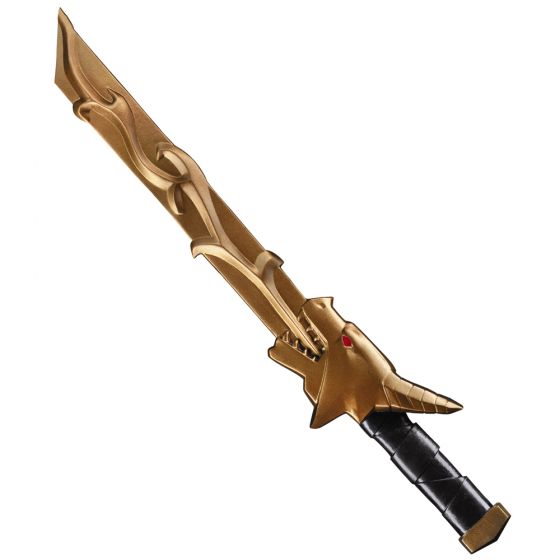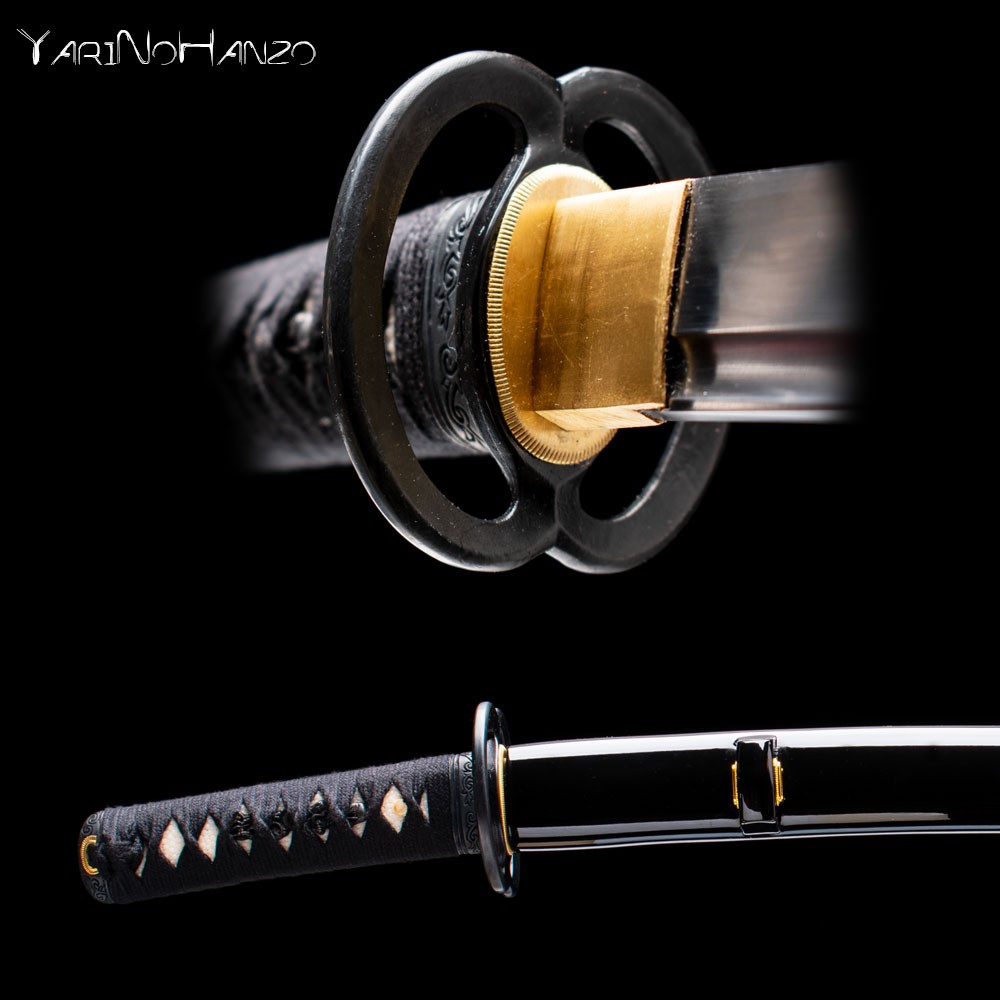
These dragons are placed on the hilt, scabbard, and through the entirety of the blade of the Damascus Steel. Some Katana swords feature the dragon almost everywhere on them. Damascus A Damascus steel style Katana with fire dragons engraved everywhere – Credits: Katana Store They are highly popular in media, especially anime, and are sometimes linked with ninjas. These Katana dragon swords are mostly ornamental and can be made out of stainless steel blade material, another type of decorative metal less prone to corrosion.
#MUSASHI WIND DRAGON KATANA SWORD SKIN#
The dragon is sometimes carved into a simple wooden piece of the handle, a departure from the more common ray skin wrapping, large metal guards, and pommels. The Japanese dragon is aesthetically beautiful and adds considerable value to the Katana, leading some manufacturers to create Katana swords with a greater emphasis on decoration rather than functionality. Decorative The placing of the Dragon and changing the original design of the Katana can render its functionality – Credits: Etsy The three most common Dragon Katana swords range from $200 to $1,000. Dragon symbols can increase the price of a Katana since it requires expertise in crafting. However, there is a difference in the Japanese dragon Katana sword. The Japanese Katana Samurai sword, however, is the most popular sword to feature the Japanese dragon with a functional blade tested on water bottles and tatami mats and can be used for sparring. Some examples are the smaller blades, Wakizashi and Tanto, which may be functional, but because of their smaller size, some people prefer to use them as strictly decorative pieces. Many other weapons and Japanese swords can feature high-quality Japanese dragons. It features a simpler design without the wavy form and can sometimes have Indian symbols. This dragon symbol can be seen on Japanese swords, though it isn’t much similar to the others. The rain dragon that listened to prayers, gave the people much-needed water, and took some elements of Indian Hinduism, is known as Zennyo Ryuo. The simple Zennyo Ryuo dragon design next to the sageo, scabbard wrap – Credits: Katanas Samurai The hero is shown with the famous and mythical sword Kusanagi-no-Tsurugi. Instead, it shows Susasno, a Shinto god who killed the dragon by slicing it into pieces and saving the town and villages. Most of the time, this dragon is not shown on a Katana sword. The Yamato No Orochi is said to be an evil dragon with eight heads that terrorized towns and villages in Japan. Yamato No Orochi Susano killing Yamato No Orochi and proving his bravery – Credits: Musashi Swords Here are seven of the most common dragons on Japanese swords. Other than the color, the Katana can have dragon symbols, and they each have a story that makes them look different and gives the sword a new meaning.

Golden Dragon – Kindness, wisdom, helpfulness.Blue Dragon – Compassion, forgiveness, energy.Red Dragon – Self-sacrifice, ambition, passion.



 0 kommentar(er)
0 kommentar(er)
